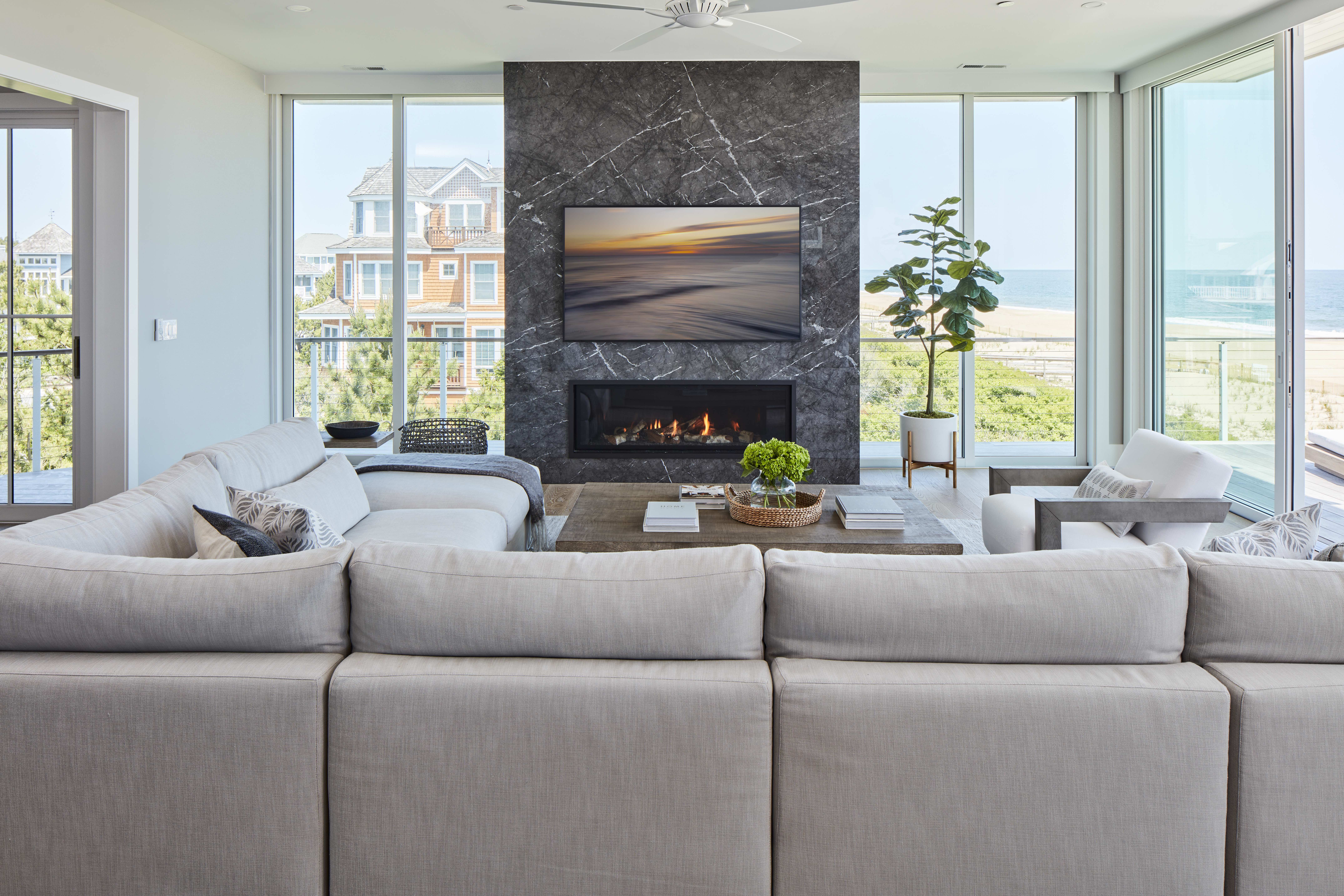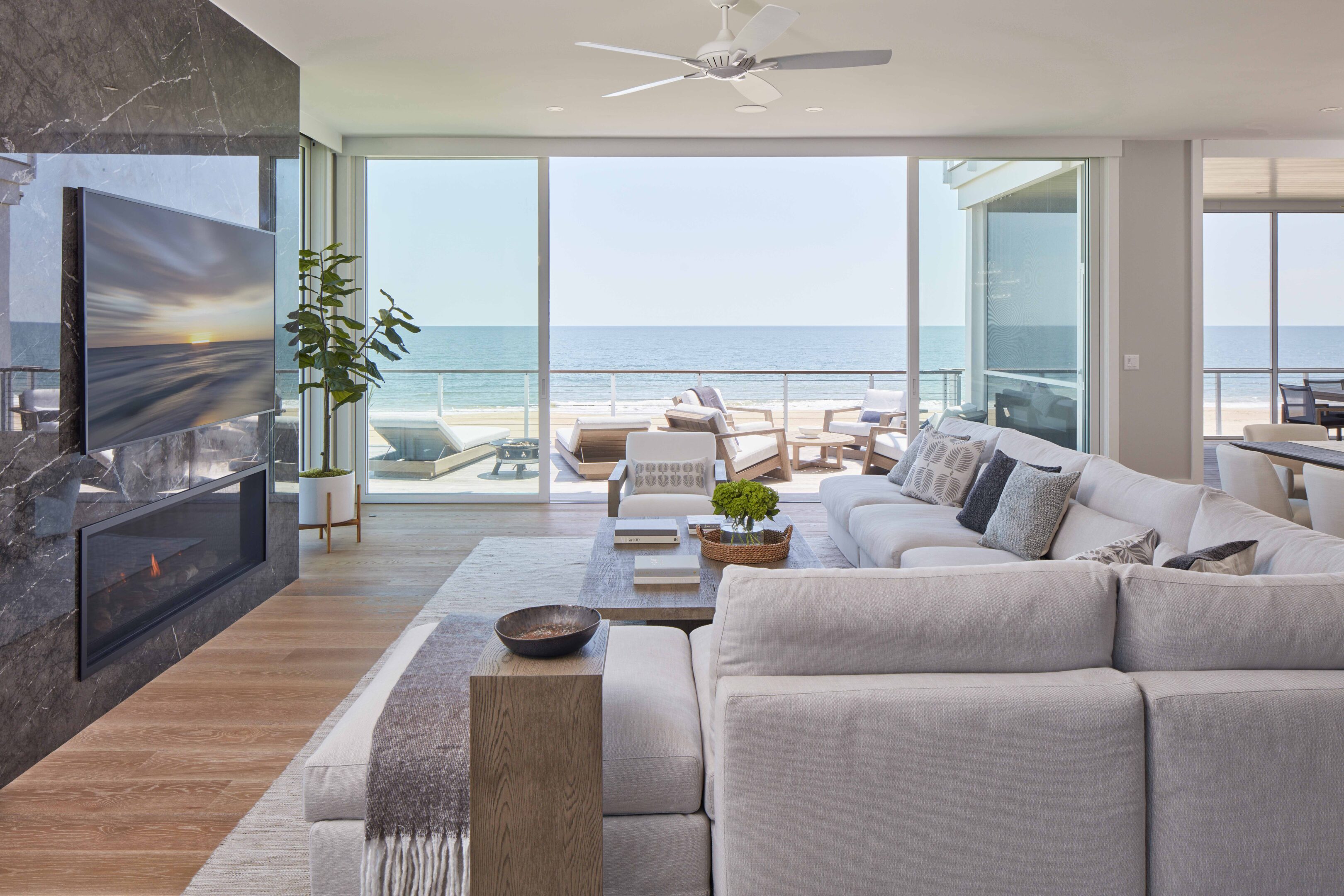Building with Weather Resistant Materials
It’s officially fall! And while cooler temperatures offer fireside entertaining and outdoor festivals, it’s a great seasonal reminder to invest in your home’s exterior materials. Which is why I’m discussing the importance of incorporating durable finishes and materials.Especially when building on the oceanfront, it’s critical to select weather-resistant products in order to ensure that your beach house (or any house!) will stand for generations.
Below I review a few of my favorite and most reliable weather-resistant home products.
1. Siding: We commonly use two different types of siding—James Hardie, which is fiber cement siding and NuCedar which is a cellular PVC siding. Both require minimal maintenance alternatives to traditional cedar siding and stand up against salt air and water.Hardie Plank siding by @james_hardie is a popular choice made from fiber cement siding is offered in a variety of colors. Their ColorPlus Technology offers resistance to fading, chipping, and cracking, which is ideal for beachside homes.Nuceder from @jain_building siding offers a sweeping edge for a softer architectural detail and offers the look, warmth and charm of cedar (also without the maintenance).
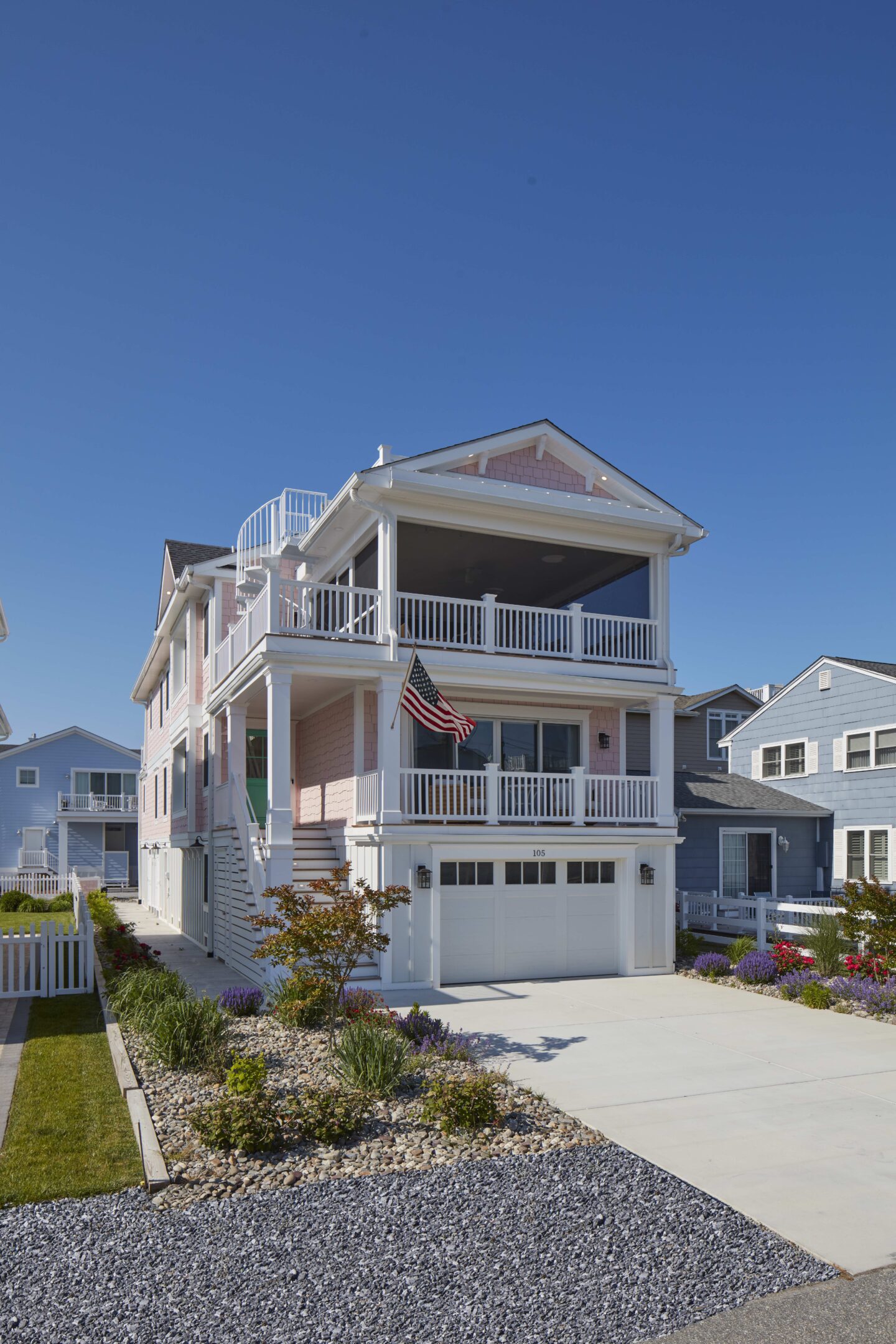
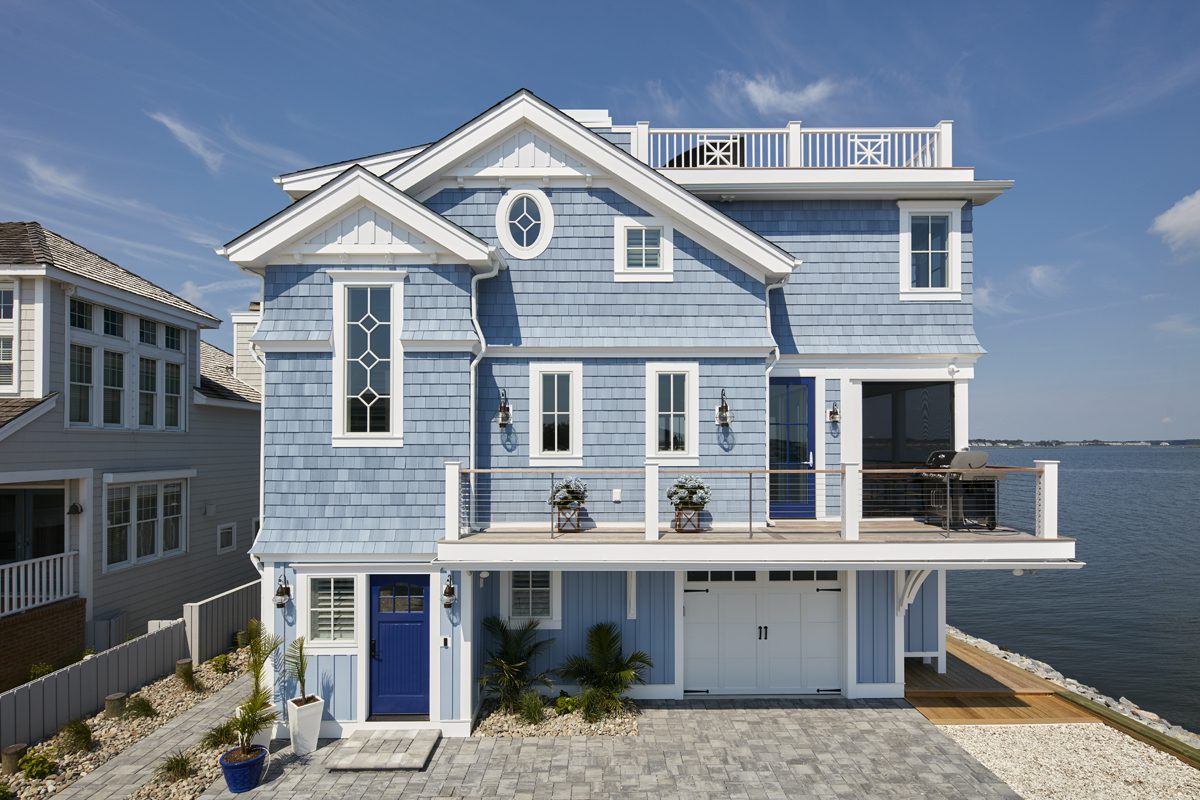
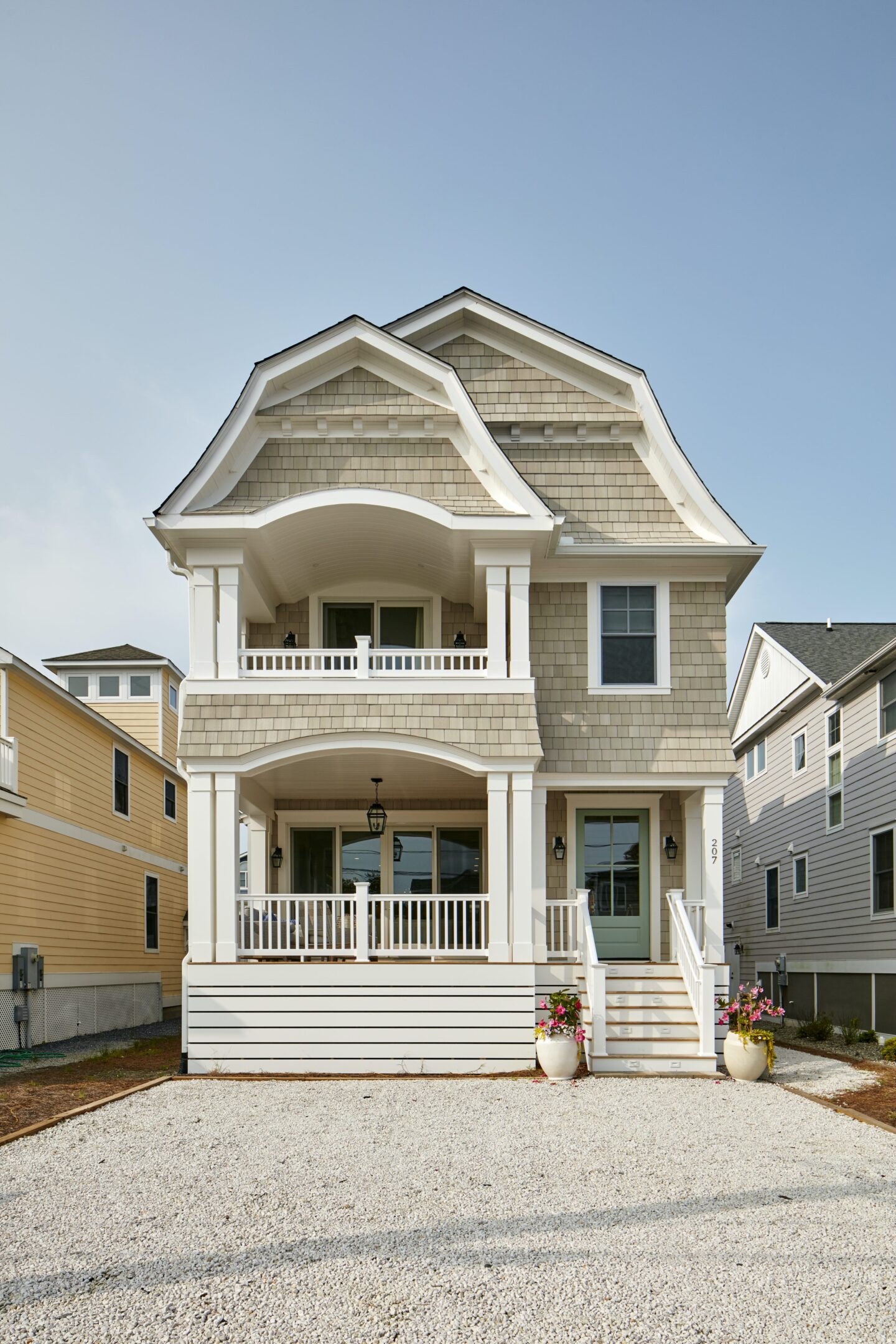
2. House Wrap: House wrap is a crucial component in the construction of beach homes where salt water, moisture, and strong winds are constant factors. My go-to brand is Dupont Tyvek @tyvekdesign! Not only does it offer a protective barrier that acts as a first line of defense for your home, it prevents water from seeping into the walls and causing rot, mold, and other forms of water damage. House wrap is a critical part of the building process to ensure the home’s structural integrity and longevity and to avoid devastating water damage that many older beachfront homes face.
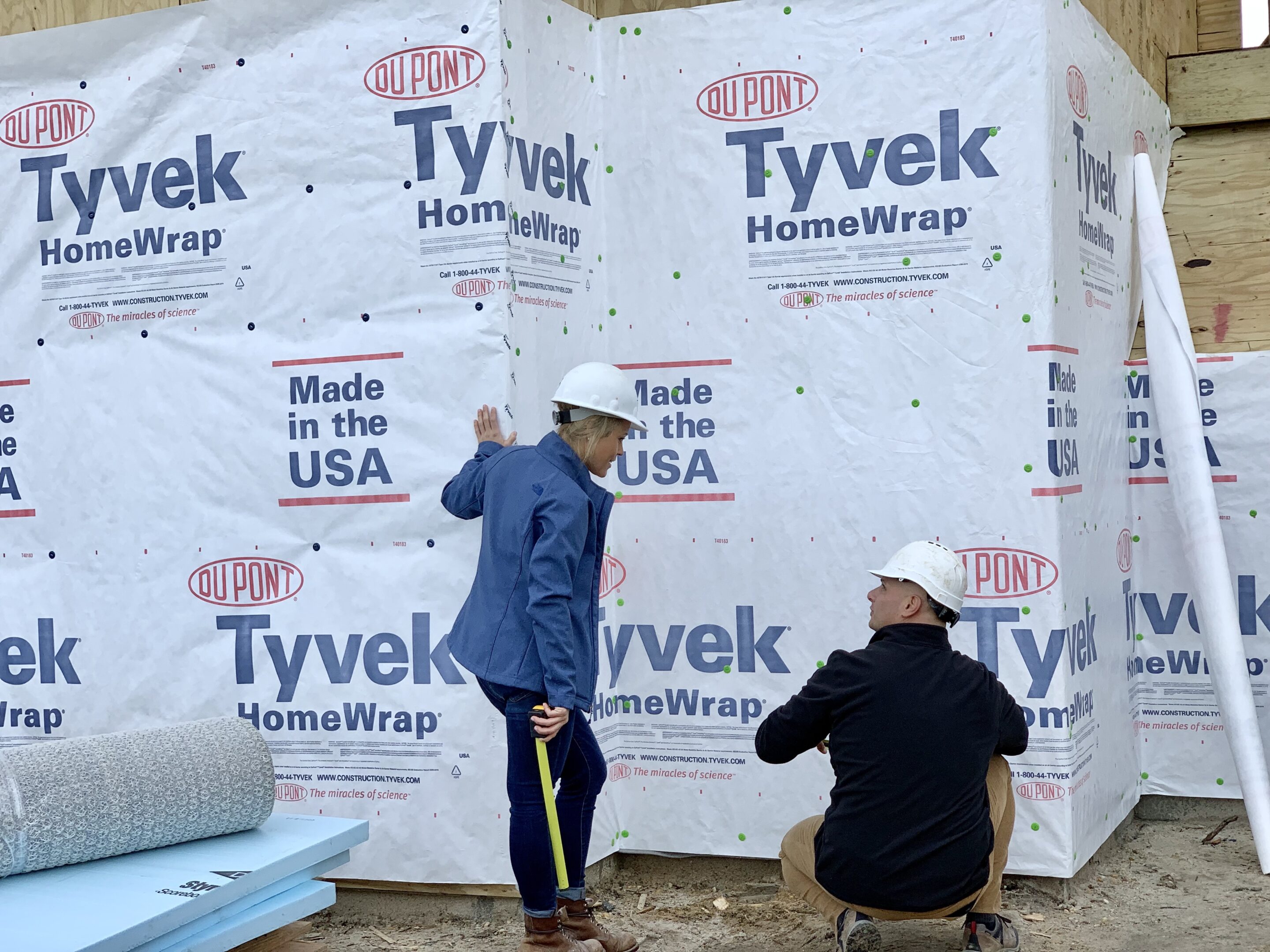
3. Decking: Our standard go-to material for decking is Ipe (pronounced “ee-pay”)—a Brazilian hardwood known for it’s beautiful brown and amber tones. Ipe is naturally resistant to rot, disperses heat so it won’t burn your feet, requires minimal care and to top it all off, it’s absolutely stunning. All of these benefits, with no sealing required! Over time, Ipe will turn to a sun-bleached silver color and if that fits your home’s aesthetic, you won’t ever have to seal your deck.
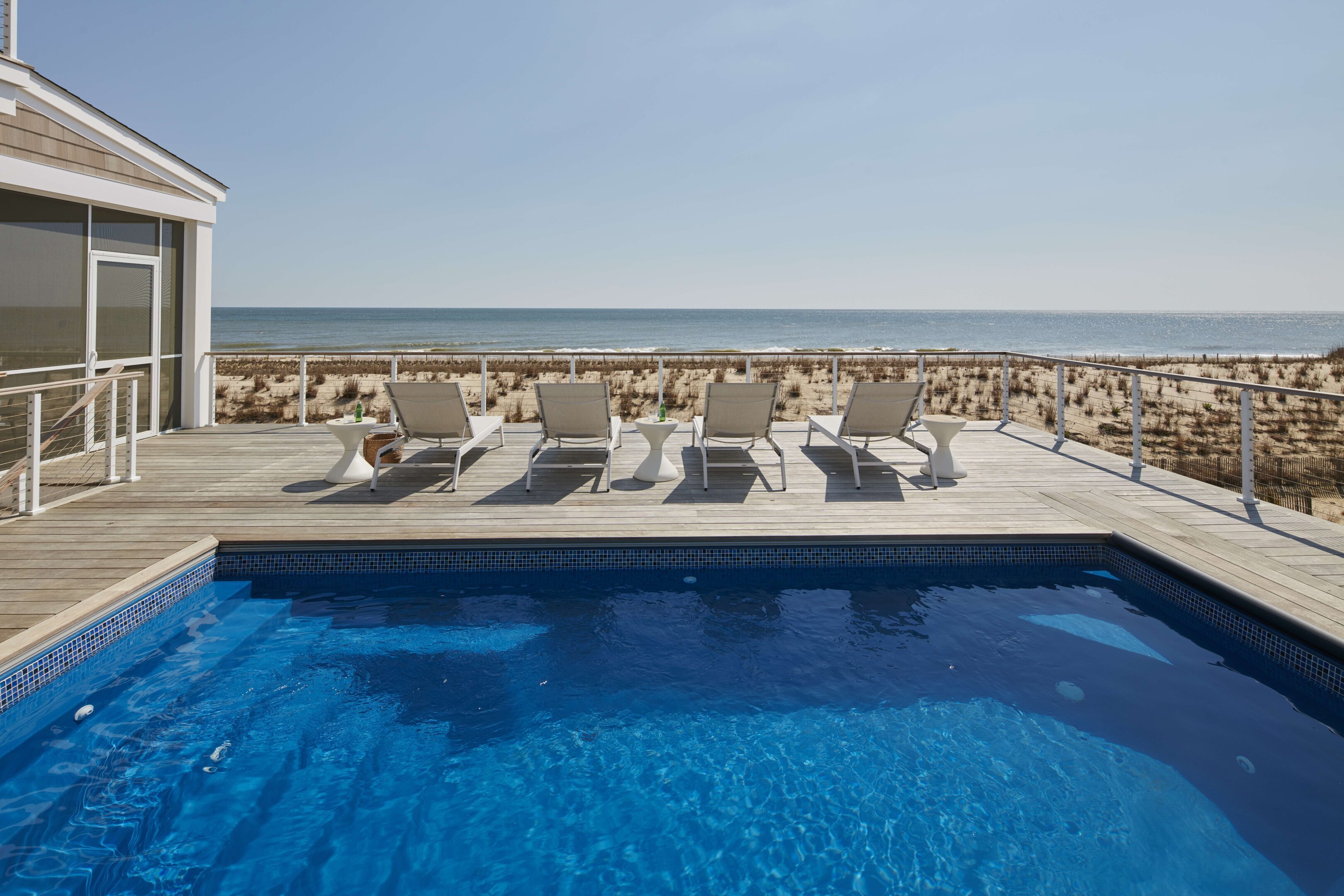
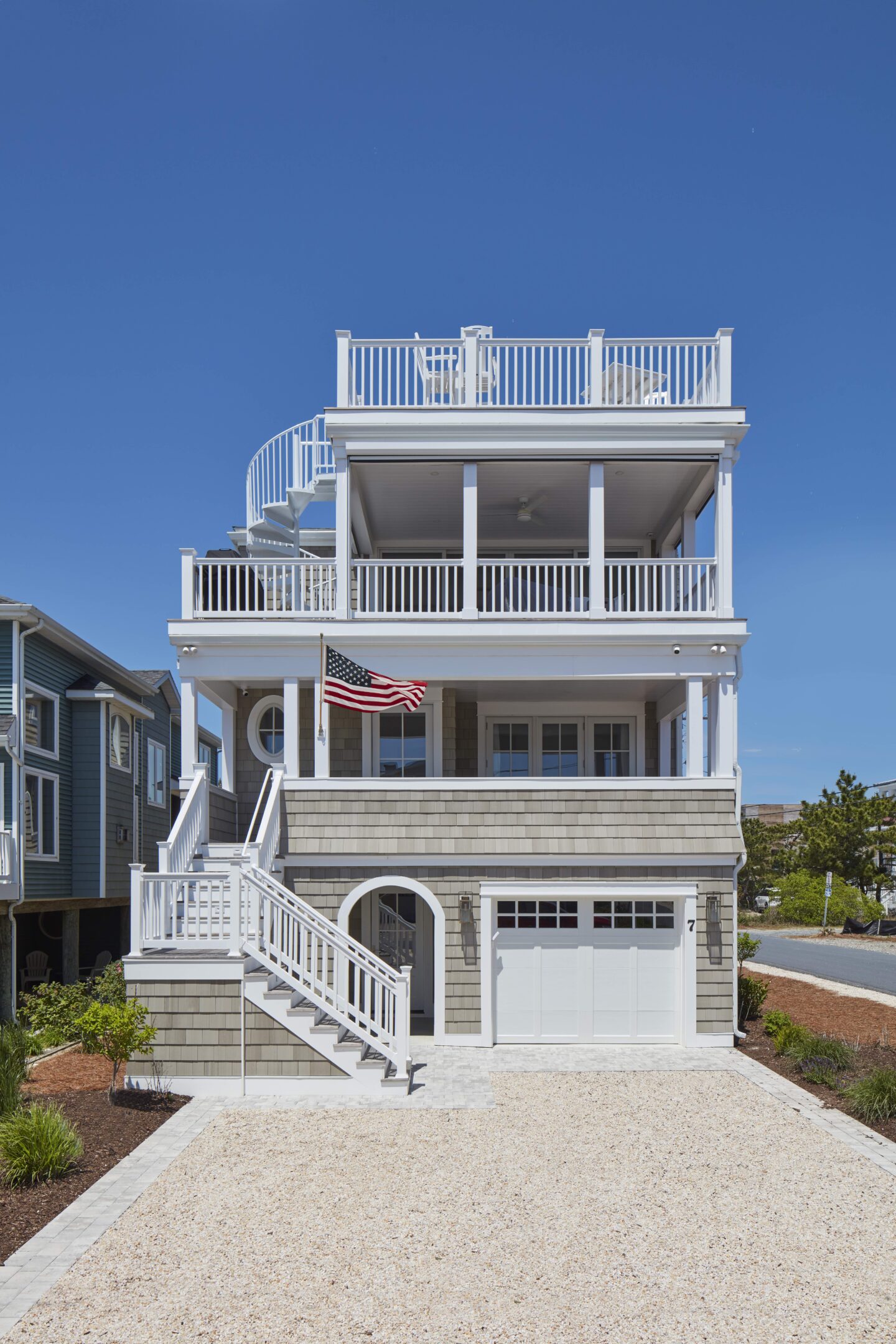
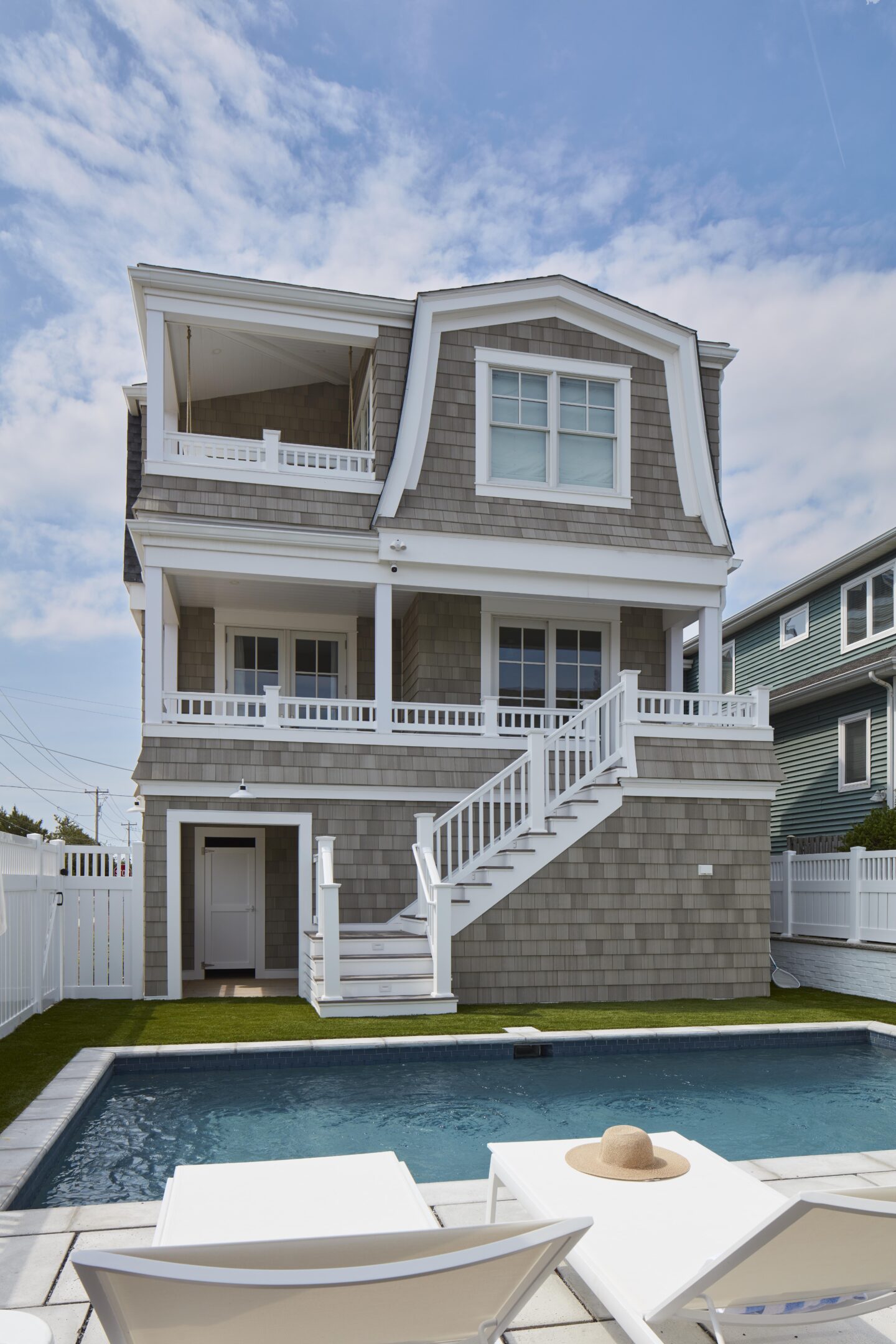
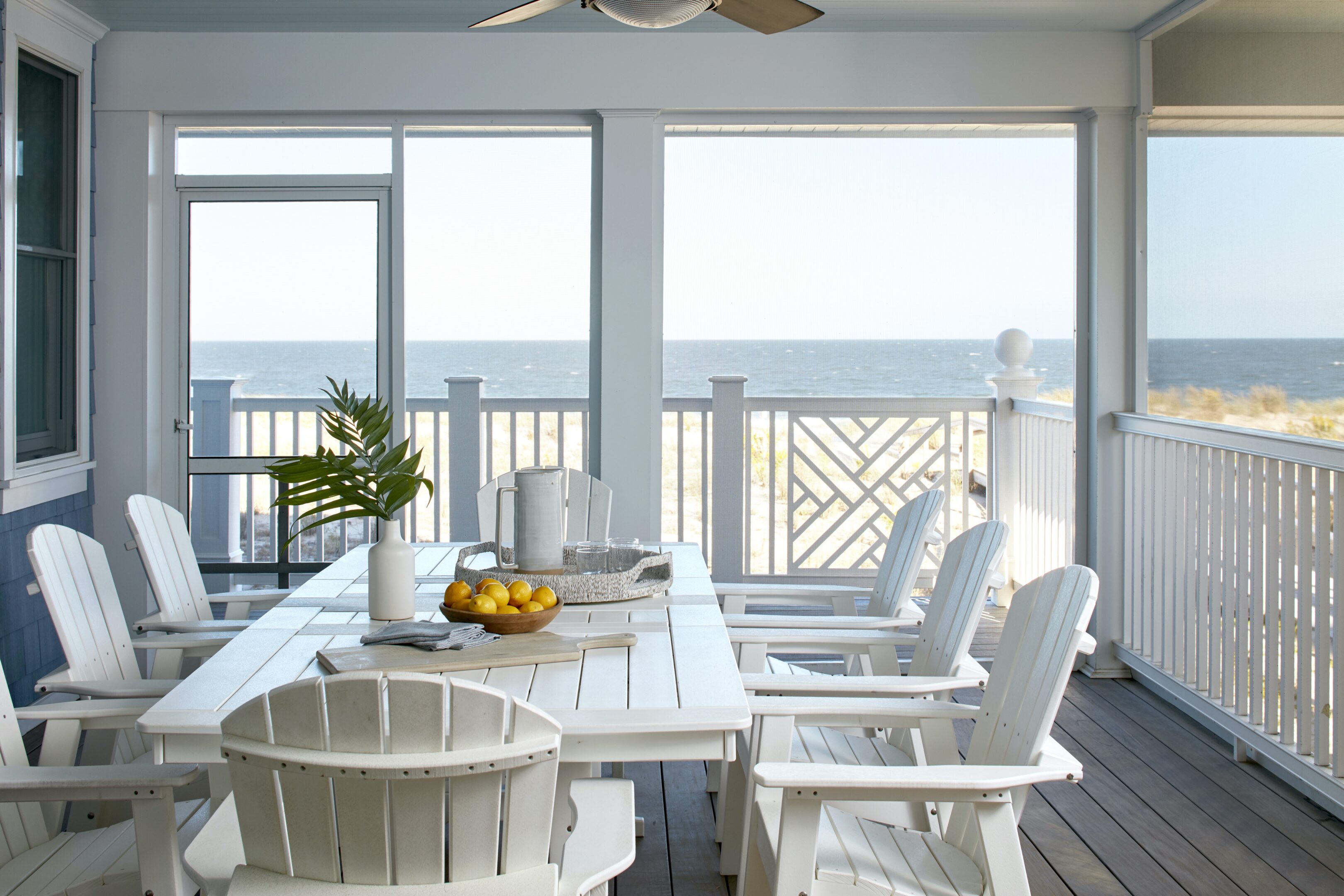
5. Windows: It’s important to invest in windows, especially at the beach. Windows obviously keep water, sand, creatures and wind from entering and damaging your home, but they also constantly work to separate hot from cold. Building throughout the Delaware beaches, I only install windows that meet or exceed Energy Star requirements for the North Central Climate Zone. The key to determine worthy windows is the U-Factor and the Solar Heat Gain Coefficient (SHGC)—both of which you want to be low, in order to achieve a high R-Value which translates to overall insulation for your home.
